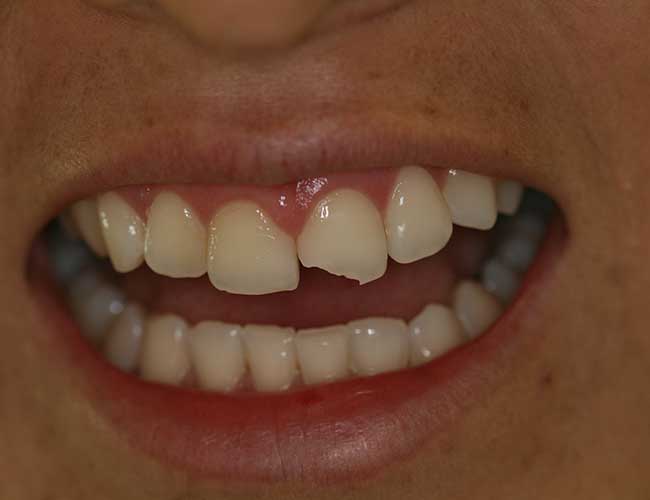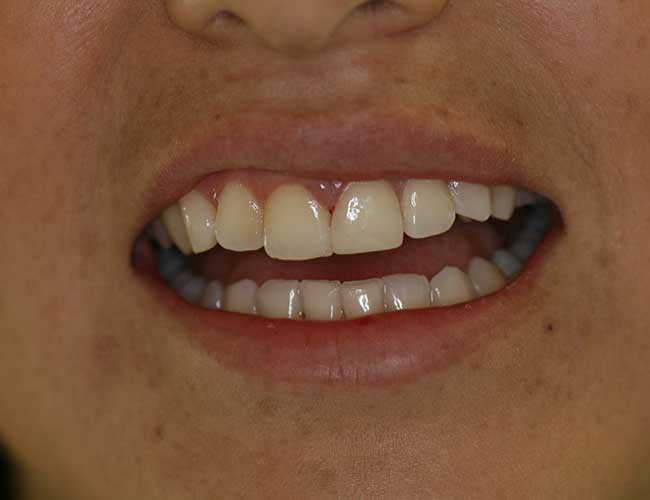

Bacteria can enter through the hard outer layer of a tooth known as enamel when the barrage of acid produced by oral bacteria weakens it. The inner layer of the tooth called dentin, is softer and less mineralized so that once bacteria have invaded it, the process of demineralization and cavity forming becomes a race!
A trained eye can see these decalcifications on an X-ray and clinically during an exam. We try to catch such decay early which is why we urge patients to keep their check-ups current. It does not take long for decay to travel; especially these days with many people having less available saliva to combat the bacteria.
Once the decay is removed by physically drilling it out, while you are comfortably numb, the remaining healthy tooth structure is restored with a natural, white, strong filling.
Resin fillings can last several years especially considering that we use the strongest, most durable materials at our office. I personally chose all the materials that are used in our office after much careful research. I insist on the best because I want my patients to have the best results, just like I would want for my own family.
This is where we have a discussion about your options. I present you with the ideal solution and give you the tools to make an informed decision.
When a cavity is large, it leaves a large defect after the decay is removed. If only a large filling is placed, then the weakened tooth structure is unprotected during chewing. Instead, we often advise for a laboratory-fabricated restoration that will cover the remaining, healthy tooth structure, protecting it from fracture. Talented laboratory technicians that we have worked with for years would make something like a crown, an inlay or an onlay.


